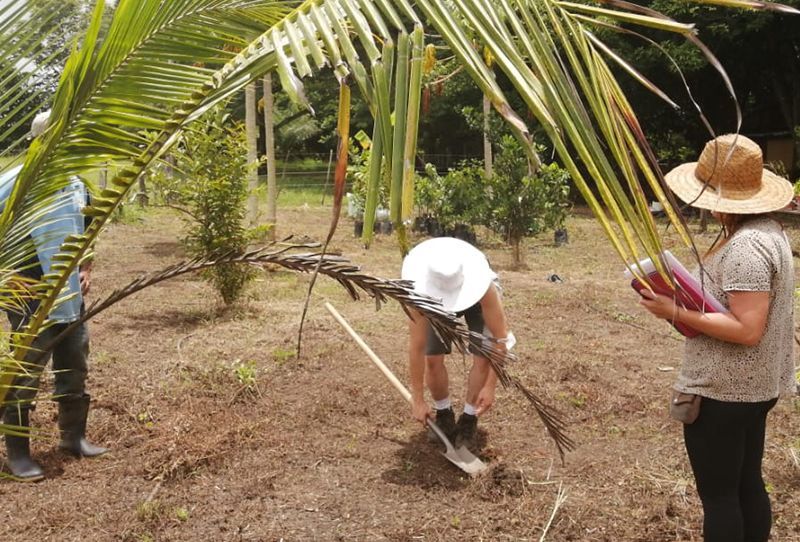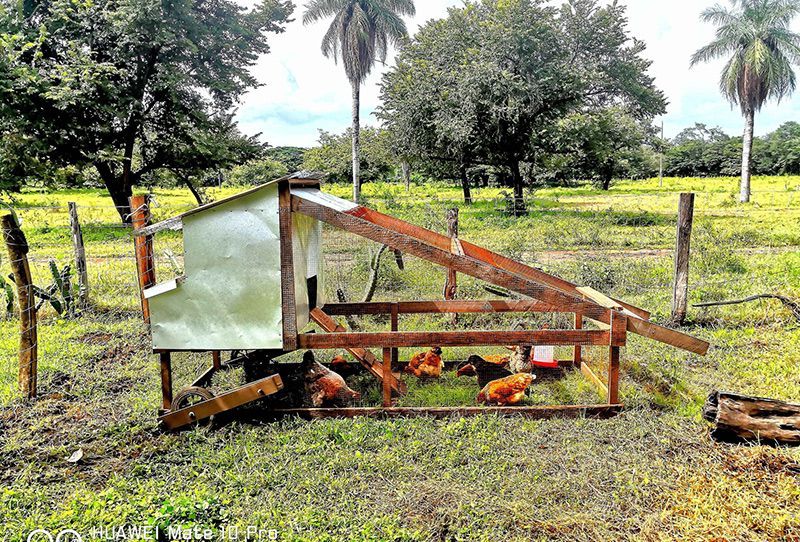Email Us! info@colinasdelsolcr.com
Permaculture
"We notice Permaculture has lately gained recognition as a sustainable design approach that seeks to create harmonious and regenerative systems for social settlements. Its impact on promoting a more sustainable way of living today is significant. Here are some key aspects of permaculture and its impact:
1) Ecological Sustainability: Permaculture emphasizes working with nature rather than against it. By observing natural patterns and ecosystems, permaculture designs aim to create productive and resilient systems that minimize resource inputs and waste outputs. This approach helps to conserve and regenerate ecosystems, reduce environmental degradation, and promote biodiversity.
 Button
Button
 Button
Button
2) Food Production and Security: Permaculture promotes sustainable and regenerative agricultural practices. By integrating food forests, polycultures, and companion planting, permaculture systems can produce abundant food while maintaining soil fertility, conserving water, and minimizing the use of synthetic inputs. Permaculture also encourages local food production, reducing the reliance on long-distance transportation and supporting food security.
3) Resilient Design: Permaculture design principles emphasize resilience and self-sufficiency. By diversifying and integrating elements within a system, such as plants, animals, and infrastructure, permaculture designs enhance the system's ability to adapt to changes and disturbances, including climate variations, natural disasters, and resource shortages. This resilience promotes long-term sustainability and reduces vulnerability to external shocks.
 Button
Button
4) Water Conservation and Management: Permaculture incorporates strategies for water conservation, such as rainwater harvesting, swales, and contouring, to enhance water availability and reduce dependence on external sources. By designing landscapes that capture, store, and efficiently use water, permaculture systems can mitigate water scarcity issues, improve soil moisture retention, and contribute to the overall sustainability of water resources.
 Button
Button
 Button
Button
5) Community Engagement and Social Sustainability: Permaculture emphasizes community participation and cooperation. It encourages the sharing of knowledge, resources, and surplus yields, fostering community resilience and social cohesion. Permaculture projects often promote local economic development, social empowerment, and educational initiatives, contributing to a more sustainable and equitable society.
6) Waste Reduction and Resource Cycling: Permaculture promotes the concept of "waste as a resource." By implementing strategies like composting, recycling, and waste reduction, permaculture systems aim to close resource loops, minimize waste generation, and maximize resource efficiency. This approach reduces environmental pollution, conserves resources, and supports a circular economy.
As we can see overall, permaculture's impact lies in its holistic and integrated approach to sustainable living. By combining ecological principles, regenerative design practices, and community engagement, permaculture fosters resilience, self-sufficiency, and a more harmonious relationship with the natural world, contributing to a more sustainable way of living today.
Come and join us!
 Button
Button
All Rights Reserved | Colinas del Sol
